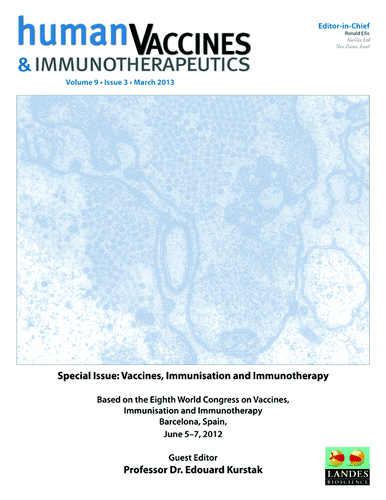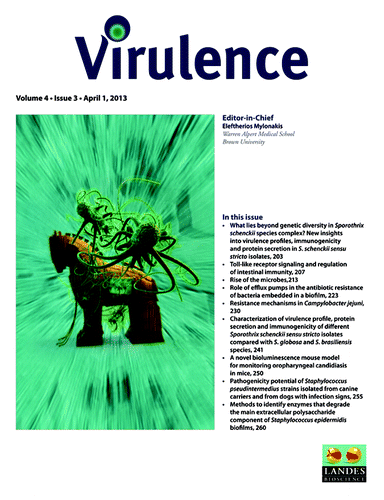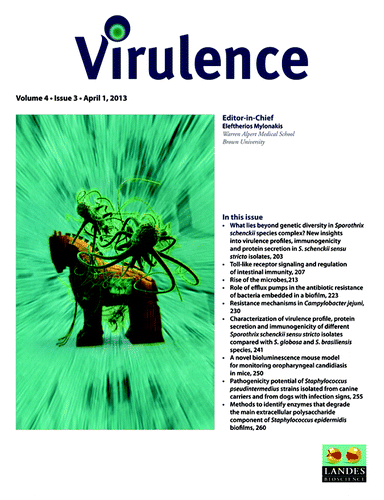Oral cholera vaccine effectively prevents traveler's diarrhea
Traveler’s diarrhea (TD) is the most frequent disease among people from industrialized countries who travel to less developed ones, especially sub-Saharan Africa, Southern Asia and South America. The most common bacteria causing TD is enterotoxigenic Escherichia coli (ETEC). The WC/rBS cholera vaccine (known as Dukoral) has been shown to induce cross-protection against ETEC by means of the B subunit of the cholera toxin. A recent study by Dr Rosa López-Gigosos and colleagues looked at the effectiveness of the WC/rBS cholera vaccine in preventing TD. From May to September 2007, people seeking pre-travel advice in ten Spanish international vaccination centers were included in a prospective cohort study of travelers to cholera risk countries. The study included 544 travelers vaccinated with the WC/rBS cholera vaccine, and 530 non-vaccinated travelers. They found that the WC/rBS cholera vaccine prevents TD in 2 out of 7 travelers, resulting in vaccination effectiveness of 28%. The number needed to vaccinate (NNV) to prevent 1 case of TD is 10 ().Citation1
Mucosal Lactobacillus vectored vaccines
Most pathogens invade the body via a mucosal pathway: oral, intranasal or vaginal. While traditional non-gastrointestinal vaccines can prevent effectively the invasion of pathogens, these vaccines are often less effective against mucosal infections because they do not induce a sufficient immune response at the mucosa. It is widely accepted that Lactobacillus species play a critical role as commensals in the gastrointestinal (GI) tract, and they have been proposed as attractive candidates for vaccine delivery. In a recent commentary Dr Qian Yang and coworkers discuss the advantages of Lactobacilli for delivering immunogens to the intestinal mucosa, such as their ability to survive in the digestive tract, their close association with the intestinal epithelium, their immunomodulatory properties and their safety even when consumed in large amounts. The oral or intranasal administration of Lactobacillus-based vaccines is a promising method to control mucosal infection because these vaccines have been shown to induce strong humoral and cellular immune responses both in the blood and at mucosal sites ().Citation2
TLR signaling and regulation of intestinal immunity
The intestine is a complex organ that must maintain tolerance to innocuous food antigens and commensal microbiota while being also able to mount inflammatory responses against invading pathogenic microorganisms. The ability to restrain tolerogenic responses while permitting inflammatory responses requires communication between commensal bacteria, intestinal epithelial cells and immune cells. Disruption or improper signaling between any of these factors may lead to uncontrolled inflammation and the development of inflammatory diseases. Toll-like receptors (TLRs) recognize conserved molecular motifs of microorganisms and, not surprisingly, are important for maintaining tolerance to commensal microbiota, as well as inducing inflammation against pathogens. Perturbations in individual TLR signaling can lead to a number of different outcomes and illustrate a system of regulation within the intestine in which each TLR plays a largely non-redundant role in mucosal immunity. A recent review by Dr R William DePaolo an coworkers summarizes the latest findings on the roles of individual TLRs and intestinal homeostasis ().Citation3
Resistance mechanisms in Campylobacter jejuni
Campylobacter jejuni is a major cause of food-borne gastroenteritis worldwide. While mortality is low, morbidity imparted by post-infectious sequelae such as Guillain-Barré syndrome, Reiter syndrome/reactive arthritis and irritable bowel syndrome is significant. In addition, the economic cost is high due to lost productivity. Food animals, particularly poultry, are the main reservoirs of C. jejuni. The over-use of antibiotics in the human population and in animal husbandry has led to an increase in antibiotic-resistant infections, particularly with fluoroquinolones. This is problematic because C. jejuni gastroenteritis is clinically indistinguishable from that caused by other bacterial pathogens, and such illnesses are usually treated empirically with fluoroquinolones. Since C. jejuni is naturally transformable, acquisition of additional genes imparting antibiotic resistance is likely. Resistance mechanisms in C. jejuni were recently reviewed by Dr Nicole M Iovine. Understanding of these antibiotic resistance mechanisms is essential to provide proper therapy both to the veterinary and human populations ().Citation4
References
- López-Gigosos R, Campins M, Calvo MJ, Pérez-Hoyos S, Díez-Domingo J, Salleras L, et al. Effectiveness of the WC/rBS oral cholera vaccine in the prevention of traveler’s diarrhea: A prospective cohort study. Hum Vaccin Immunother 2013; 9:692 - 8; http://dx.doi.org/10.4161/hv.23267; PMID: 23324573
- Yu Q, Zhu L, Kang H, Yang Q. Mucosal Lactobacillus vectored vaccines. Hum Vaccin Immunother 2013; 9; http://dx.doi.org/10.4161/hv.23302; PMID: 23322214
- Kamdar K, Nguyen V, Depaolo RW. Toll-like receptor signaling and regulation of intestinal immunity. Virulence 2013; 4:207 - 12; http://dx.doi.org/10.4161/viru.23354; PMID: 23334153
- Iovine NM. Resistance mechanisms in Campylobacter jejuni.. Virulence 2013; 4:230 - 40; http://dx.doi.org/10.4161/viru.23753; PMID: 23406779



